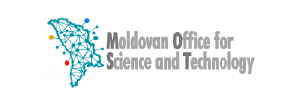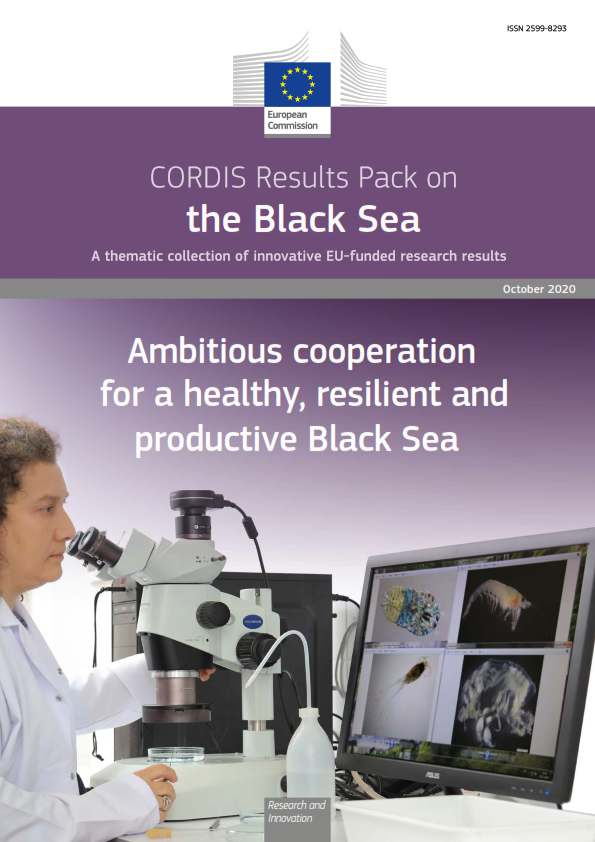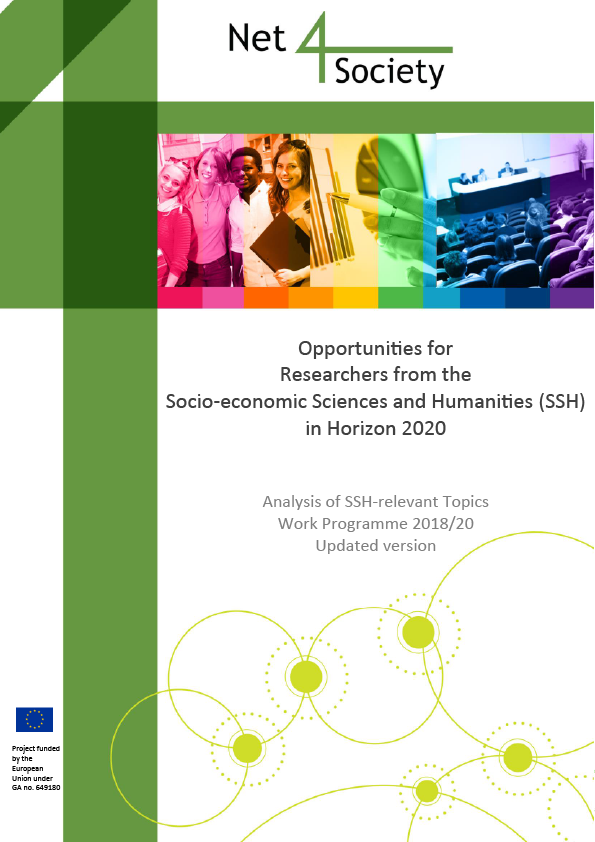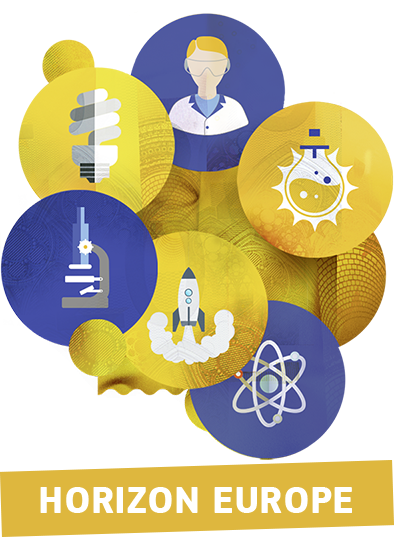Main pillar:
- Space
Budget:
Currency:
Call deadline:
Statut:
- Forthcoming
Description:
Specific Challenge:
The past 10 years have seen a wider and wider uptake of GNSS based user technology, initially with the Personal Navigation Devices in our cars and then with smartphones in our pockets. Nowadays this also includes tablets, laptops, cameras, fitness gears and wearable devices, etc. In addition, recent trends are showing that not only “every person” but in the future also “everything” will be connected and equipped with a GNSS device (e.g. connected vehicles and internet of things). This is opening a new generation of Location Based Services (LBS). The development of this new generation of LBS is driven by different needs, depending on the application: mobility, productivity, safety, etc. To satisfy these needs, the key requirements for GNSS are Time-To-First-Fix (TTFF), accuracy and availability. Galileo satellites will further improve signal availability, thus enhancing continuity of service for LBS in urban or challenging environments. By contributing to multi-constellation solutions, Galileo can satisfy the need for higher accuracy and fast TTFF of demanding applications.
The specific challenge of this topic is to exploit the availability of GNSS enabled mass market devices, developing innovative EGNSS applications that will:
- Foster the adoption of EGNOS and Galileo in mass markets and ensure that the benefits will be captured by the users.
- Create applications that will make best use of EGNSS innovative features such as better multipath resistance, authentication etc.
- Contribute to the competitiveness of the European GNSS industry in the area of mobile applications, with special focus on the innovative role of SMEs.
- Maximise public benefits by supporting the development of applications that will address major societal challenges in focus areas such as health, citizen safety, mobility, smart cities, sustainable resources monitoring and management, regional growth, low-carbon energy infrastructure planning and protection, climate action.
Scope:
Proposals should aim at developing new innovative applications, with commercial impact and a clear market uptake perspective. Below are some areas which are identified as especially promising for further EGNSS applications development:
Mobility as a service and Smart Cities: Development of EGNSS solutions for cross-modal mobility and new emerging “mobility as a service” approach should be addressed, in which the user does not buy a vehicle or a public transport ticket, but a service to comply with her/his mobility needs. This area may include innovative telematics applications in which the positioning, timing and navigation are used both to deliver the mobility service and to calculate a fair price based on the actual use of it. Development of EGNSS solutions for other areas of future Smart Cities are also included in the scope.
Internet of things: Development of EGNSS solutions for “internet of things” should be addressed, exploiting the interconnectivity of uniquely identifiable devices and the availability of their location. Proposals should duly reflect the fact that the internet of things is not only improving productivity and efficiency of organisations (with applications in almost every sector of the economy, from automotive to consumer electronics, healthcare or manufacturing and logistics), but that the internet of things technology is also changing our daily lives.
Commercial and social LBS: Proposals should address one of the two following application areas. 1) Applications for commercial LBS, such as: secure financial transactions; mobile workforce management, tracking solutions; augmented reality; social networking and sport. 2) Applications for social LBS, such as: safety and emergency (E112), e-health (health services more and more connected), and solutions supporting visual and mobility of impaired people.
For all the mass market areas, the development and innovation should build on:
- Galileo features that improve performances in urban environment ;
- Multi-constellation, fusion with other positioning techniques, including sensor fusion and innovative network fusion techniques;
- Authentication services that will be provided by Galileo; and
- Techniques to optimise power consumption.
Attention should be paid to socio-economic considerations such as consumer needs, consumer behaviour (including early adopters), lifestyles, as well due consideration should be given to applicable legal frameworks and ethical issues such as privacy and data protection.
EGNSS should be part and parcel of the envisaged solution(s). However, where a combination of EGNSS with other technologies is required to make the application(s) work, this is not excluded from the scope.
In projects to be funded under this topic participation of industry, in particular SMEs, is encouraged.
Proposals addressing PRS (Public Regulated Service) related applications are not in the scope of this action.
The Commission considers that one proposal requesting a contribution from the EU of between EUR 1 and 3 million would allow this specific challenge to be addressed appropriately. Nonetheless, this does not preclude submission and selection of proposals requesting other amounts.
Expected Impact:
Activities should aim at developing highly innovative and adaptive applications taking advantage of the Galileo and EGNOS added value. The proposal shall have a clear intention to commercialise the products and services developed, including a business plan. The consumer chipset and devices manufacturers (e.g. for smartphones and tablets) are mainly produced in non-European countries and the expected impact of this topic is to foster the competitiveness of European GNSS application providers that build innovation on these chipsets and devices, contributing to increase the overall EU competitiveness in the mass market. In addition, considering that the EU has a good market share of machine to machine chipset and module providers, the expected impact is also to foster applications building on this capacity.









